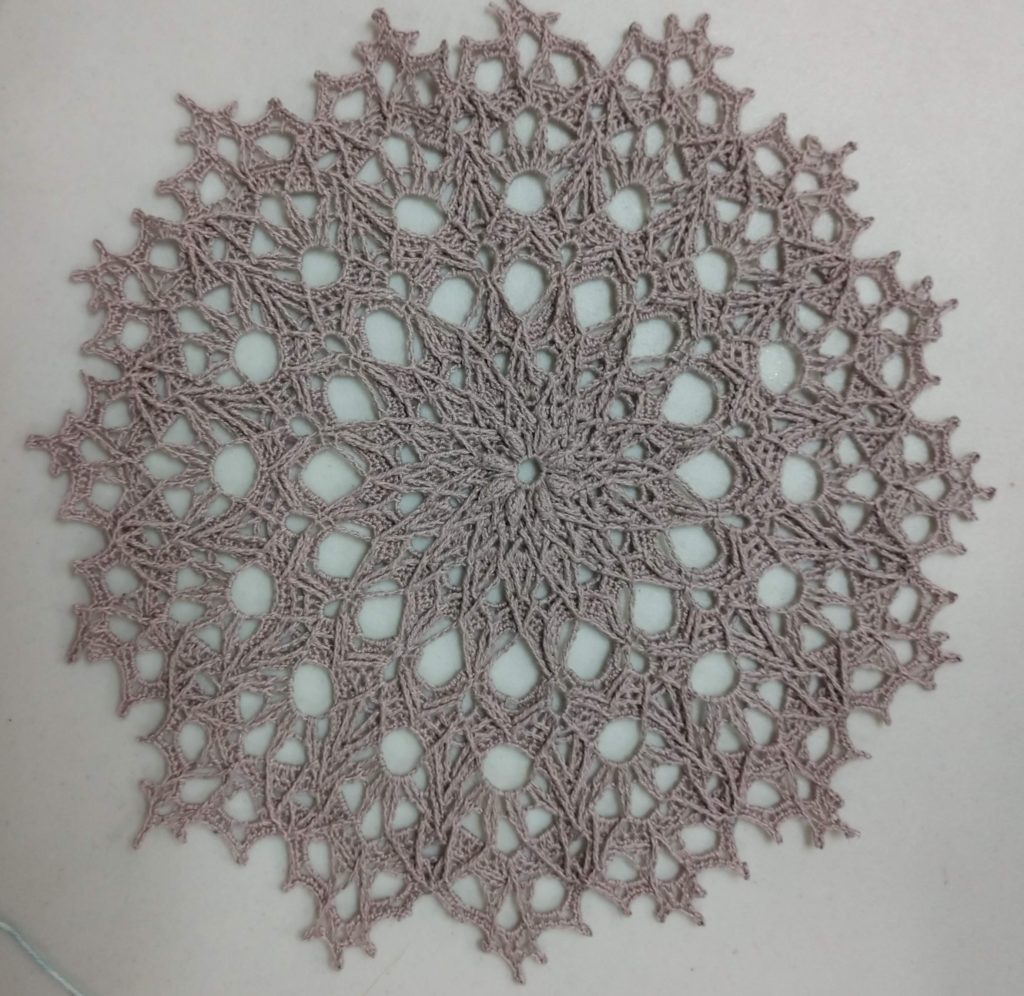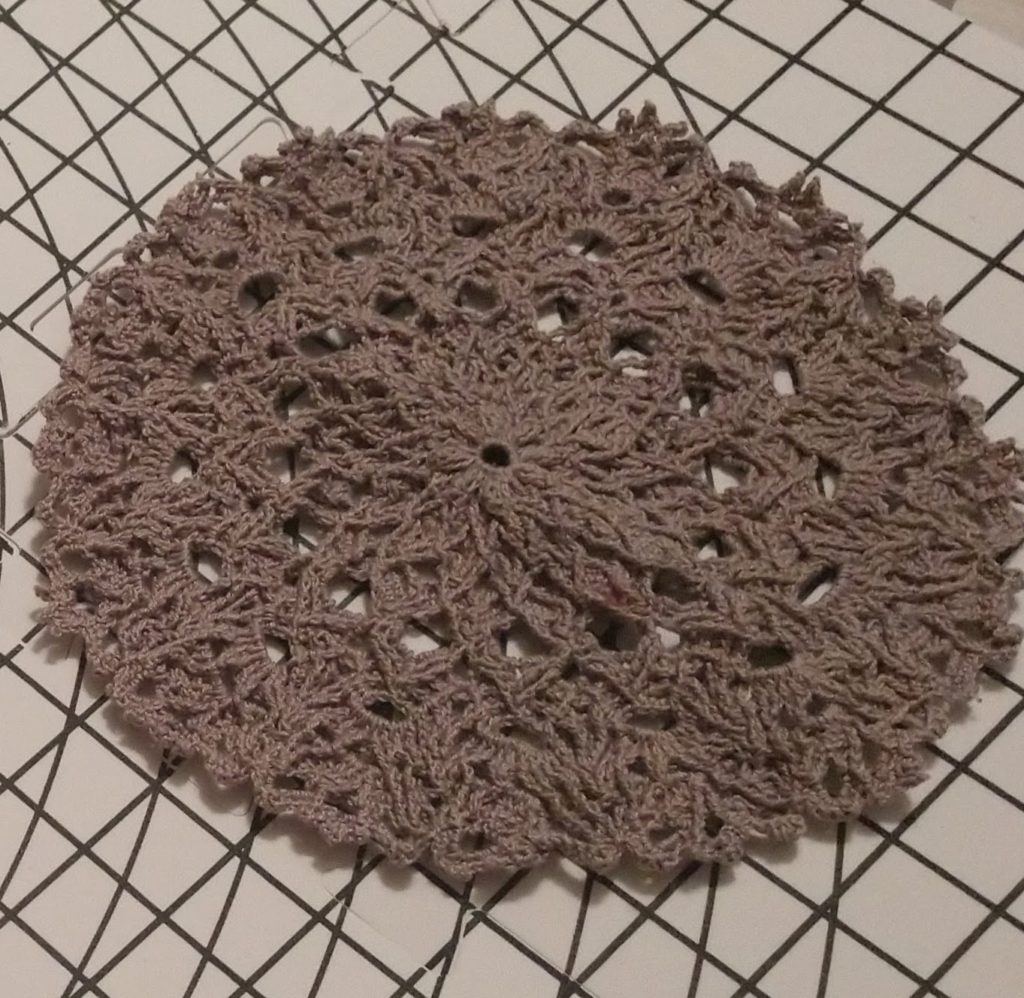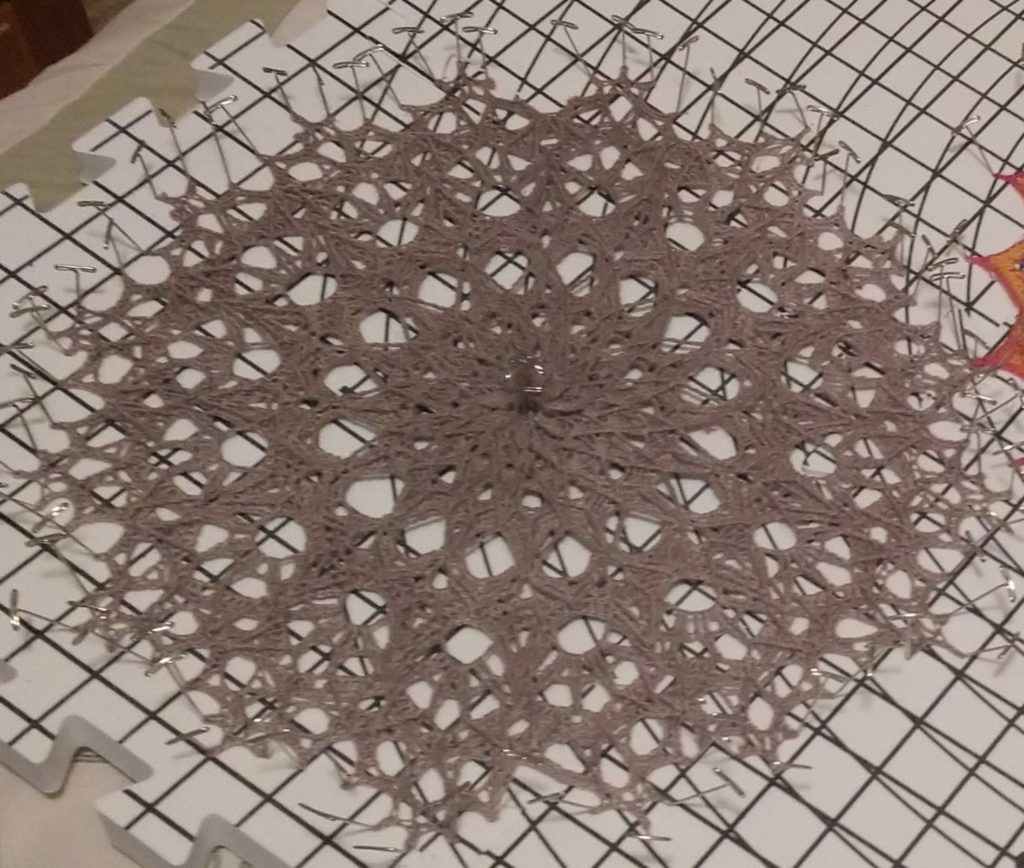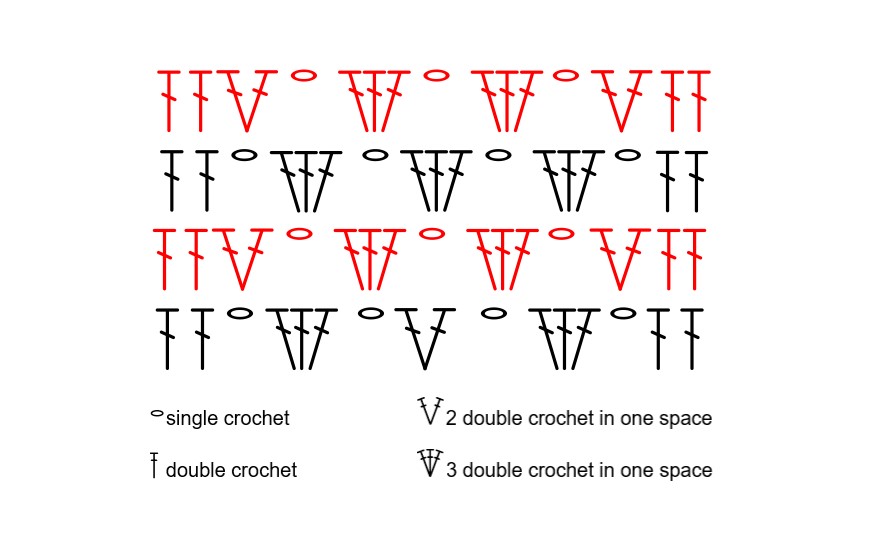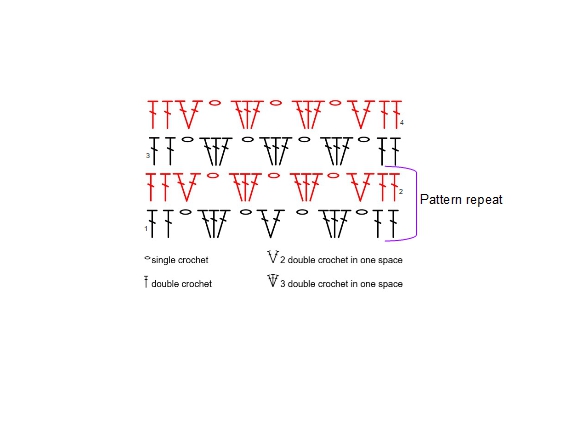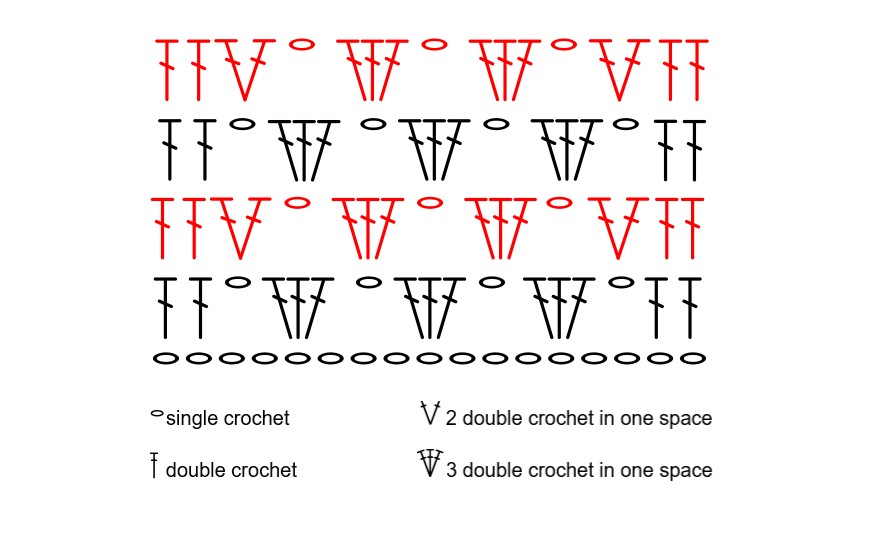Qualities of Yarn
Yarn comes in so many varieties. We’ve talked about size of yarn and matching yarn to your pattern, but just because yarn is the same size as a pattern calls for it isn’t always the best choice for every pattern.
So, what are the qualities or characteristics of yarn? How can you really hone in on what makes a yarn work in a certain pattern?
Fiber content, ply, twist, feel, drape, sheen, elasticity, memory, resiliency, non pill – these are all words we use to describe yarn. And there are many MANY more!
Fiber Content generally breaks down into three categories
- animal based fibers
- plant based
- synthetics
Animal based fibers are wools of all types: sheeps wool (merino, highland, natural, cashmere, mohair, among others. They are essentially the hair or fur of an animal that is harvested while the animal is still alive, cleaned and spun into the product we call yarn. Silk is also an animal fiber, although considerably less allergenic than most other animal fibers.
Plant based fiber is exactly what it sounds like, fibers derived from plants like cotton, hemp or linen. These yarns are exclusively plant grown fibers that are spun into yarn in a variety of methods and blends.
Synthetic fibers are just about everything else. They are not found in nature, but that’s not entirely a bad thing. They are chemically processed and blended to create yarn. You can also find semi-synthetics like bamboo, which fall in this category.
No matter what the fiber content, yarn is spun out and several things happen next. It can be spun into very fine threads which are then grouped together and turned into a larger strand called plied yarn. These plies can be either twisted or not twisted forming different styles of plied yarn. Twisted yarns are easier to work with in general, as it’s (mostly) easy to grab all the plies at once with your hook. If the loosely twisted, yarn is sometimes called splitty which means you might grab only two or three out of four plies, leaving uncaught loops in your finished product. If yarn is tightly twisted it might be kind of stiff and harder to work with. This can affect drape which describes how a finished product hugs the curves and edges of your body.
Yarn can also come in one large strand, and this is called roving. This is not to be confused with roving that spinners use, so be sure that you are actually buying yarn, and not a fiber which will become yarn later.
You can also find core spun yarn. This is yarn where the enter core might be different than what’s on the outside. These usually, but not always, involve a synthetic fiber of some sort with a mesh or other strands containing or entwined in the core fiber. Chenille is a common example, and you can actually see the core fibers holding the softer, velvet fibers in place.
So, when would you choose each of those qualities? And why? What is the different effect?
These are HUGE questions and I’ll be going into more details, updating links in this post, as I expand upon these answers.
For now, Happy Hooking!


